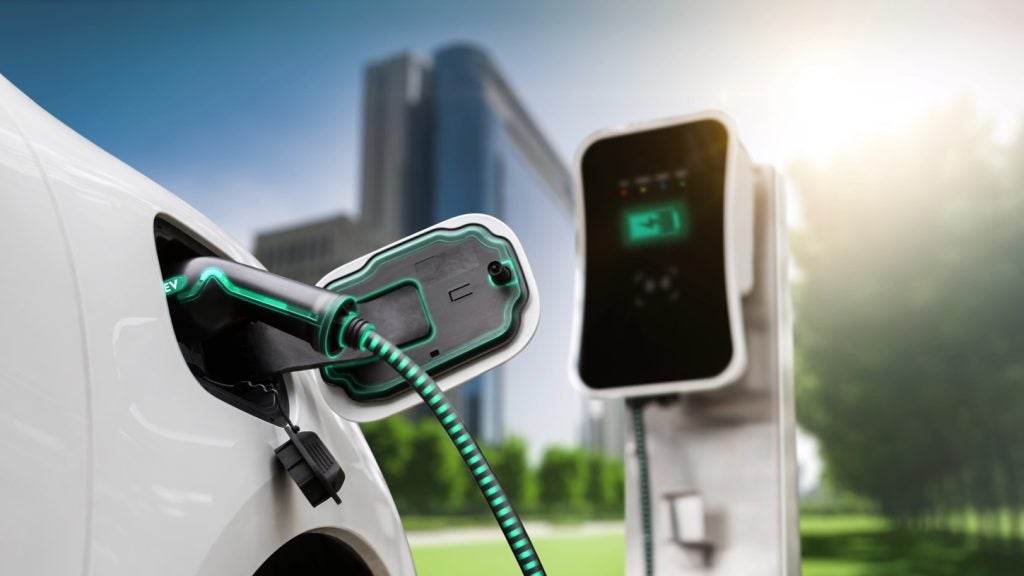
Being prepared to change your company, despite short-term pain, could be key to adapting and thriving in the new, digitised world of motor finance. This was a key message from Sword Apak’s fourth Global Wholesale Finance Summit. Jonathan Minter reports
As we enter 2018, there is real potential for change to come into this sector.” So began the opening speaker, Adam Mepham, head of motor at MotoNovo Finance, at the Global Wholesale Finance Summit 2017.
The day gave an overview of the automotive finance industry – from supply chain to retail – and looked at how the industry was changing, how this presented new challenges, and some of the ways companies would be able to change in order to survive and continue to thrive.
For Mepham there are three key drivers of change: legal, technical and cultural. “We are going to see some business undergo some seismic change,” he added. One such change he noted was around incentives, and on this topic he noted: “The regulator is currently consulting on how businesses that are providing consumer credit are being rewarded, but critically, how they are rewarding their staff. The findings are due in the first or second quarter of 2018, but the early feedback is that the motor finance model could change significantly off the back of this.”
One area Maphem highlighted was residual values, which have received much press in recent months, as a result of an explosion in PCP deals over recent years. While much of the press has been inaccurate, it does have a point with regards to the risk that poor residual forecasting may cause.
Mepham noted: “I remember my time at GMAC, working in Vauxhall. We were still experiencing the fallout from the previous PCP boom many years after.”
How well do you really know your competitors?
Access the most comprehensive Company Profiles on the market, powered by GlobalData. Save hours of research. Gain competitive edge.

Thank you!
Your download email will arrive shortly
Not ready to buy yet? Download a free sample
We are confident about the unique quality of our Company Profiles. However, we want you to make the most beneficial decision for your business, so we offer a free sample that you can download by submitting the below form
By GlobalDataPCP is far bigger today than it has been in the past, and the country is entering potentially economically turbulent times. “If we reflect on the existing take on PCP, what concerns me is that if there is a significant downturn, then this issue is going to be massive.” As such, Mepham called for a more modest approach to residual settings, even if it resulted in a few lost sales at the front end.
A second area Mepham looked at was the potential for disruption from brands outside the traditional automotive space. With the upcoming open banking reforms, and increasing digital toolsets removing the barriers to entry, companies like Amazon, Facebook and Google could create what he described as “an interesting time”.
Surviving these changes was the theme for the next speaker, Jonathan MacDonald, chief executive officer at the Thought Expansion Network.
Eighty-nine percent of Fortune 500 companies have disappeared from the list over the past 60 years, he noted, adding that when a business fails, only 9% of the time is it purely to do with external factors. For the remaining 91%, management have at least some control of events. In over half of all cases of business failure (52%), it is because of things directly inside managerial control, he added.
One piece of advice he gave for not becoming part of the 91% was to “find the mess, fix the mess”. He said: “Think about what you do, what you are doing that is ‘messy’. Where the competition comes from – whether it is Amazon, Google or whoever – I assure you the disruption will come in the mess. If you wonder where they will try, it is where stuff does not work so well.”
This is what BMW Financial Services (BMW FS) has been doing with its Integrated Delivery of a European Application Landscape (iDEAL) Program. BMW FS operates in 57 countries, and has allowed each country a large degree of freedom in how they go about building their businesses.
Reinhold Ortner, project manager at BMW FS and who has been responsible for much of the implementation of the iDEAL Programme, said this resulted in a situation where: “Fifty-seven countries means fifty-seven back-off systems, which is often cheap and fast to implement, but costly and painful to maintain. This cost increase is limiting our potential to invest in structural topics.”
MacDonald said success can cause problems when it comes to change, stating: “If someone says ‘we have never had a better year, everything is up’, to me that kind of signals a bit of a red flag. It is great, but it comes with this inherent, preloaded package of comfort.”
Almost helping to emphasise his point, Ortner noted: “We have had good years behind us, and we are having a good year right now, which is not making it easy to go into business organisations because every time you want to change something, people tend to say ‘but we’re fine, why should we change?’
“People, when they are successful, tend to think everything they have been doing is the reason they are successful. That is as wrong as thinking that when you are unsuccessful, everything you have done is wrong,” Ortner added.
CyberSecurity
One area which companies need to keep up to date with, and where they are facing an ever-changing threat, is cybersecurity. Royce Curtin, managing director of global intelligence at Barclays Bank, described the threat from this as dynamic, global and changing minute-by-minute.
Curtin noted that by 2020 the volume of data is due to be 50 times bigger than it is right now, and that 75% of global information technology is going to be managed by someone else.
“You will not have complete control,” he added. Worryingly, he also noted that 63% of data breaches originate from a third party.
Despite this, the weakest link in any cybersecurity system remains the employees, who with one click of a seemingly normal email could open an attachment which would compromise a whole company. And once a system is infected, it is not always obvious what has occurred.
Curtin noted: “The most highly sophisticated malware on your network can be there for months – if not years – learning your control posture. As you make changes to your controls, the malware looks for those changes, and beacons those back out to a control centre. Worse than that, once the malware is done stealing and manipulating the data, or destroying it, it can back itself out of the network, and literally clean its tracks, leaving little to no forensic trace.” As a result constant training for staff is important.
Even the best-protected business will be breached at some point, and so Curtin advised creating a holistic security solution, able to operate through a disruption: “You have to be able to operate from the disruption, because you will be DoSed, you will be impacted, you may have data stolen.
“You have to have exercised over and over to make sure systems remain resilient. You have to have redundancy in your servers, you have to have segregated networks, you have to have your data in remote places backed up, so you are not crippled when you are attacked. Have external teams testing your controls.”
The retail market has also been evolving in recent years, from a legal point of view, with concepts such as ‘treating customers fairly’ gaining new legal weight.
In contrast, Daniel Bennett, associate at Shoosmiths, said the wholesale market has remained more or less the same for over a decade. This is beginning to change, however, thanks to the general move from developments such as electric vehicles, autonomous vehicles, customers purchasing time and a move to usership.
In the example of electric vehicles, Bennett noted: “The funding of used batteries is predominantly retained on ownership by the manufacturer and leased to the customer who purchased the car. From a wholesale point of view, when a used car comes in and you are looking to fund it, who is going to own that part of the car?”
It is important that this question is answered, as electrification formed one of four key pillars for the next speaker, Charlie Vogelheim, principal of Voglheim Ventures. He noted that everyone is talking about “autonomous connected electrification and sharing”.
The first of these, autonomous cars, was something Vogelheim said he had lived in anticipation of his whole life: The year he was born, US magazine Boys Life showed an image of an autonomous car on its front cover.
He posited that autonomous cars are coming now, and the changeover could be fast, but also painful. He said: “Horses were the transportation of the day – they were somewhat dependable, somewhat autonomous. Cars took over from horses in urban areas in a relatively short period of time. It was not an easy transition.”
Another switch was the move to autonomous elevators, from ones which were manually operated. Again, the switch was relatively quick.
The growth in automation, connected technology and electrification will make sharing more convenient, Vogelheim said, pointing out: “Electrification takes away about 15% of the operating costs of the vehicle.
“If you add autonomy to a vehicle operated by Uber or Lyft, that takes away 60-80% of the cost of operating the vehicle. The moment this happens, a shared electric autonomous is less than half the operating costs of your own vehicle. It’s a game-changer.”







